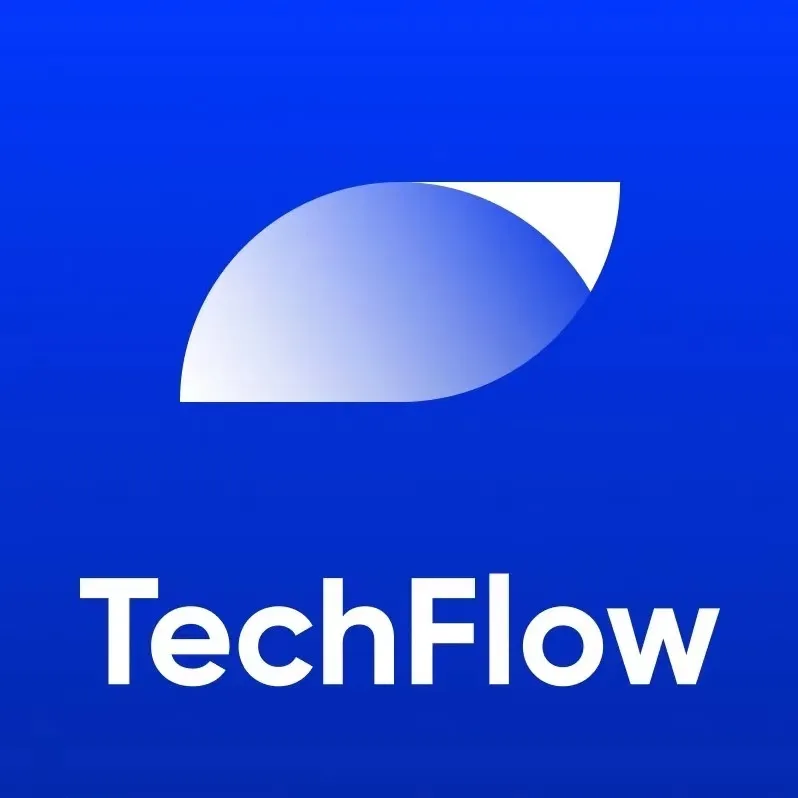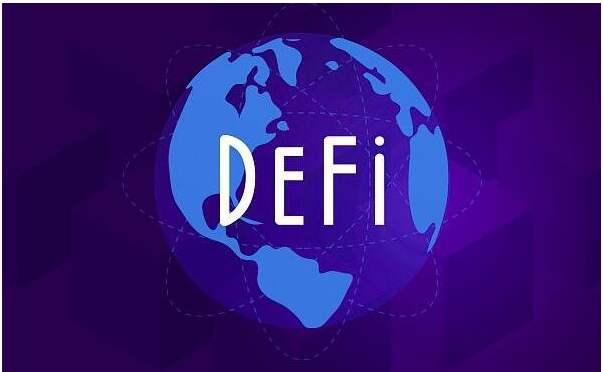DeFi Track Project Panorama: DEX Emerges Strongly, Lending Sector Continues to Grow
Author: Cheeezzyyyy
Compiled by: Deep Tide TechFlow
Since the "DeFi Summer" of 2021, DeFi has made significant progress.
Today, DeFi has formed multiple mature sectors that are achieving self-sustaining growth and activity. However, compared to traditional finance (TradFi), the entire crypto space is still in its early stages. Currently, the total market capitalization of cryptocurrencies is approximately $3.3 trillion, while TradFi's market cap reaches as high as $133 trillion.

The core goal of DeFi is to address the inefficiencies of traditional finance through innovative and efficient systems. These solutions have demonstrated significant product-market fit (PMF) across various sectors.
Key areas of DeFi typically exhibit an oligopolistic market structure, and here are the latest developments in each sector.
Competitive Landscape of Decentralized Exchanges (DEX)
In Q4 2024, @RaydiumProtocol emerged as the new leader in the DEX market, capturing approximately 61% of the trading volume market share, successfully surpassing @Uniswap.
However, Raydium's total value locked (TVL) is only 39% of Uniswap's. This contrast may be related to the Memecoin craze on @solana, but its long-term market performance remains to be seen.

Winners in the Perpetual Contract Decentralized Exchange (Perp DEX) Market
In the perpetual contract DEX market, @HyperliquidX is the undisputed winner. Since Q3 2024, Hyperliquid's market share has skyrocketed from 24% to 73%, achieving a threefold increase.
Meanwhile, the overall trading volume of Perp DEX has also been rapidly growing, increasing from $4 billion daily in Q4 2024 to the current $8 billion. Hyperliquid is challenging centralized exchanges (CEX) and gradually becoming an important price discovery platform.

Continued Growth in the Lending Sector
In the lending sector, @aave has seen its dominance continue to strengthen. Since 2024, its market share has significantly increased in both deposits and loans:
Deposit market share increased from 42.1% to 65.78%
Loan market share increased from 31% to 61%
Although the yields offered by Aave are not the most attractive in the market, its long-established reputation and user trust make it the preferred platform in the lending sector.

@pendle_fi is leading the development of the yield sector, with its total value locked (TVL) on Ethereum ($ETH) reaching a historical high of approximately $1.59 million.
Its core competitive advantage lies in being the preferred driver of value discovery in the sector, managing to maintain a historically high TVL even amid an overall slowdown in the DeFi industry and bearish market sentiment. This fully demonstrates its high product-market fit (PMF).
Liquid Staking is currently the largest sector in DeFi, with a total value of approximately $35 billion based on TVL.
In this sector, @LidoFinance is the undisputed leader, holding about 70% of the market share and nearly monopolizing the liquid staking token (LST) market. Lido's TVL reaches $24.8 billion, which is 5.17 times that of its next competitor @binance with $bETH ($4.8 billion).

Lido's dominance is not based on staking yields but rather on the asset value of $stETH:
Best Asset Utilization: $stETH is the most widely used asset in the DeFi ecosystem.
Most Trusted Service: As an institutional-grade staking solution, Lido is the preferred choice for funds and enterprises.
In this field, credibility and trust are key drivers of user adoption.

We have also observed similar trends in the Liquid Restaking sector.
Notably, @ether_fi has seen its market share grow from 35.3% to 63%. Even after the staking airdrop (stakedrop) activities of S1 and S2 ended, its TVL grew by approximately 770% in 2024.
The main factors driving this growth include:
First-mover advantage in ecosystems like @eigenlayer, @symbioticfi, and @Karak_Network.
Deep integration with DeFi protocols.
High trust in the product suite.

@Lombard_Finance is gradually approaching the trends in the BTC-Fi sector, with its market share steadily rising to 49.5%.
With the continued development of @babylonlabs_io (currently valued at $5.5 billion), the demand for Bitcoin ($BTC) as a top crypto security asset is expected to grow exponentially. In the future, the market opportunity in this sector could reach $2 trillion.

@Lombard_Finance has successfully mastered the strategy to dominate the sector.
Its token $LBTC is the most widely integrated and frequently used LRT in the DeFi ecosystem, focusing on security. This advantage makes Lombard a flagship asset similar to $stETH, capable of gaining institutional trust and achieving widespread adoption.
Overall, the various sectors of DeFi have gradually found their positioning and are complementing and developing together as a complete ecosystem.
This marks the rise of a new financial model that is disrupting traditional centralized finance (CeFi), and we are fortunate to witness this transformation.
As DeFi enters its next expansion phase, we will see more attempts to explore new areas, including developing untapped markets and even deep integration with CeFi:
@ethena_labs plans to integrate traditional financial payment functions into its products.
@Mantle_Official has launched the Mantle Index Fund and Mantle Bank, aiming to combine cryptocurrencies with traditional financial services.
Additionally, more institutions are beginning to pay attention to DeFi, such as @BlackRock participating in DeFi layouts through $BUIDL, and @worldlibertyfi launching DeFi portfolios and spot ETFs. These trends indicate that the future development potential of DeFi is highly promising.










